-
@Maryn same here
-
Currently - which is approximateky the last 3 - 4 weeks - the GPS is not what it has been. I even tried it in combination with Beidou, had a few soft resets, always checked if the GPS-file has been the newest one - up to now nothing helped. Today I had the worst track on my Berlin-route.
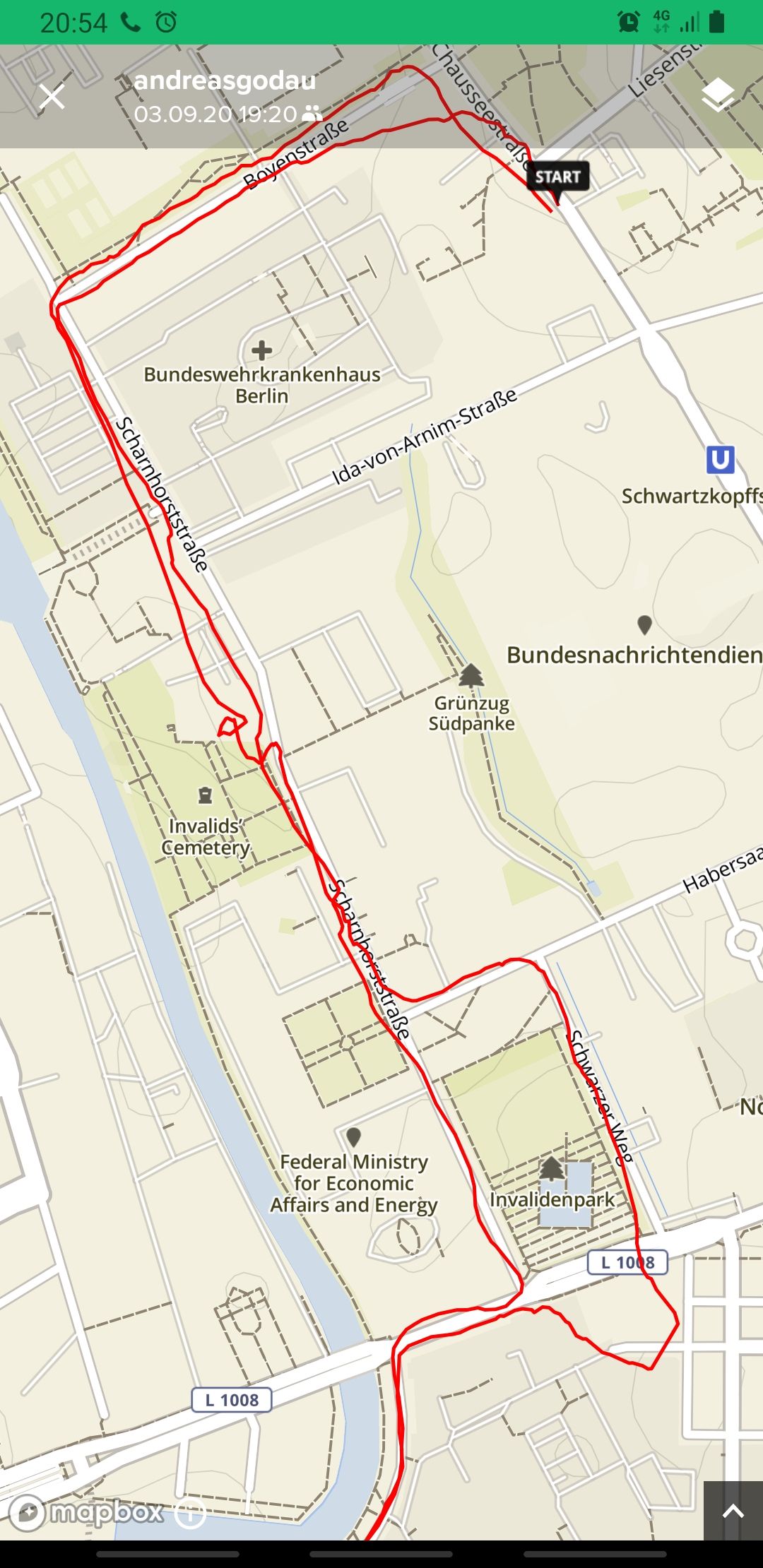
I am really not sure what happened as this route has never been perfectly tracked, but nevertheless never with these errors either.
Screenshot from march
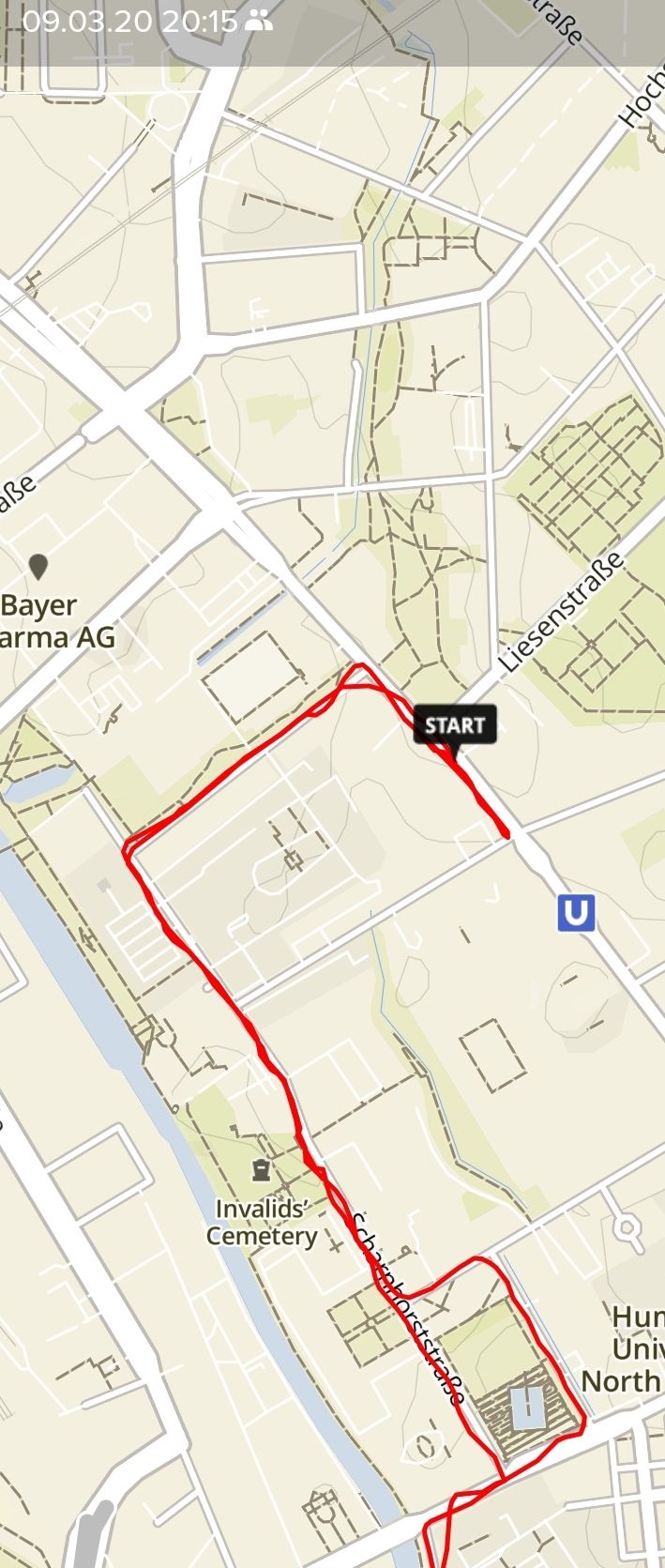
-
@zhang965 My observation is Suunto 9 is quite accurate on roads and straight trails, but the distance accuracy drops significantly when there are a lot of turnn and switchbacks, and especially at higher speeds e.g. running downhill as opposed to walking. For example I remember one case where I went with 3 friends, all wearing Fenix 5. On 2.5 mile uphill that was mostly straight up the distances matched pretty well and also were consistent with my previous runs with A3P. However on a 5 mile downhill, that had a lot of switchbacks Suunto 9 lost 0.4 mile compared to Garmin watches. Looking at the track it was obvious the distance was lost by cutting through switchbacks.
The point is that it may be quite accurate for some users and quite inaccurate for others. It seems Suunto has tuned Suunto 9 accuracy for road and strait trails where it used to overshoot distance initially due to wobbling. The right solution would be to use slightly different algorithms depending on activity type (e. g. road running vs. trail running) but I don’t know if that is possible.
-
@sky-runner said in Suunto 9 with the recent GPS firmware was among least accurate GPS watches in today's 25K trail race:
@zhang965 My observation is Suunto 9 is quite accurate on roads and straight trails, but the distance accuracy drops significantly when there are a lot of turnn and switchbacks, and especially at higher speeds e.g. running downhill as opposed to walking. For example I remember one case where I went with 3 friends, all wearing Fenix 5. On 2.5 mile uphill that was mostly straight up the distances matched pretty well and also were consistent with my previous runs with A3P. However on a 5 mile downhill, that had a lot of switchbacks Suunto 9 lost 0.4 mile compared to Garmin watches. Looking at the track it was obvious the distance was lost by cutting through switchbacks.
The point is that it may be quite accurate for some users and quite inaccurate for others. It seems Suunto has tuned Suunto 9 accuracy for road and strait trails where it used to overshoot distance initially due to wobbling. The right solution would be to use slightly different algorithms depending on activity type (e. g. road running vs. trail running) but I don’t know if that is possible.
Let me explain the S9’s gps problem,
If we run straight, the gps accuracy is not bad, because s9 can calculate the distance with two points of locations. (in this cause, I remarked, I run with a speed A, but suddenly S9’s speed drops to speed B, 300 meters after it back to a speed C which is faster than A. in this case the final distance and average speed are good: I think during the part B, the GPS sign is lost, and during the part C, we got a compensated speed so it will not change the final accuracy).]
But if you run with a lot of turns, S9 calculates the distance for the part B with the straight distance between two locations. so you lost the distance.
-
And I didn’t get the same issue last summer
-
@zhang965 Right, because Suunto 9 doesn’t produce a new point (and doesn’t calculates update for the distance) until distance from the previous point exceeds 10 meters. And in reality I observed 11-14 meters most of the time and sometimes even further. Suunto never advertisers that but Suunto 9 does this sort of smart recording based on distance between points even on the best quality, and it can’t be turned off.
I know this from looking at a lot of FIT files produced by Suunto 9. -
That is not correct. The production of gps points is not per se based on distance nor does the distance increase every 10meters. It depends on the quality of the Gnss
-
@sky-runner SV welcome back to Suunto forum

-
@Dimitrios-Kanellopoulos May be you are right, but that is my observation from looking at multiple FIT files. Distance between points was pretty much always greater than 10 meters and the time between points was usually 3-4 seconds when running on trails, sometimes longer.
-
@sky-runner I’ve noticed there’s quality threshold in Suunto watches - watch won’t save a point if quality is below certain threshold. This way the path recorded is more sane in difficult conditions (less wobbly) but it may be refreshed less often.
-
hmm interesting. I have no complains about accurancy on suunto devices, but distance between ponts are between 3-15 meters.
suunto
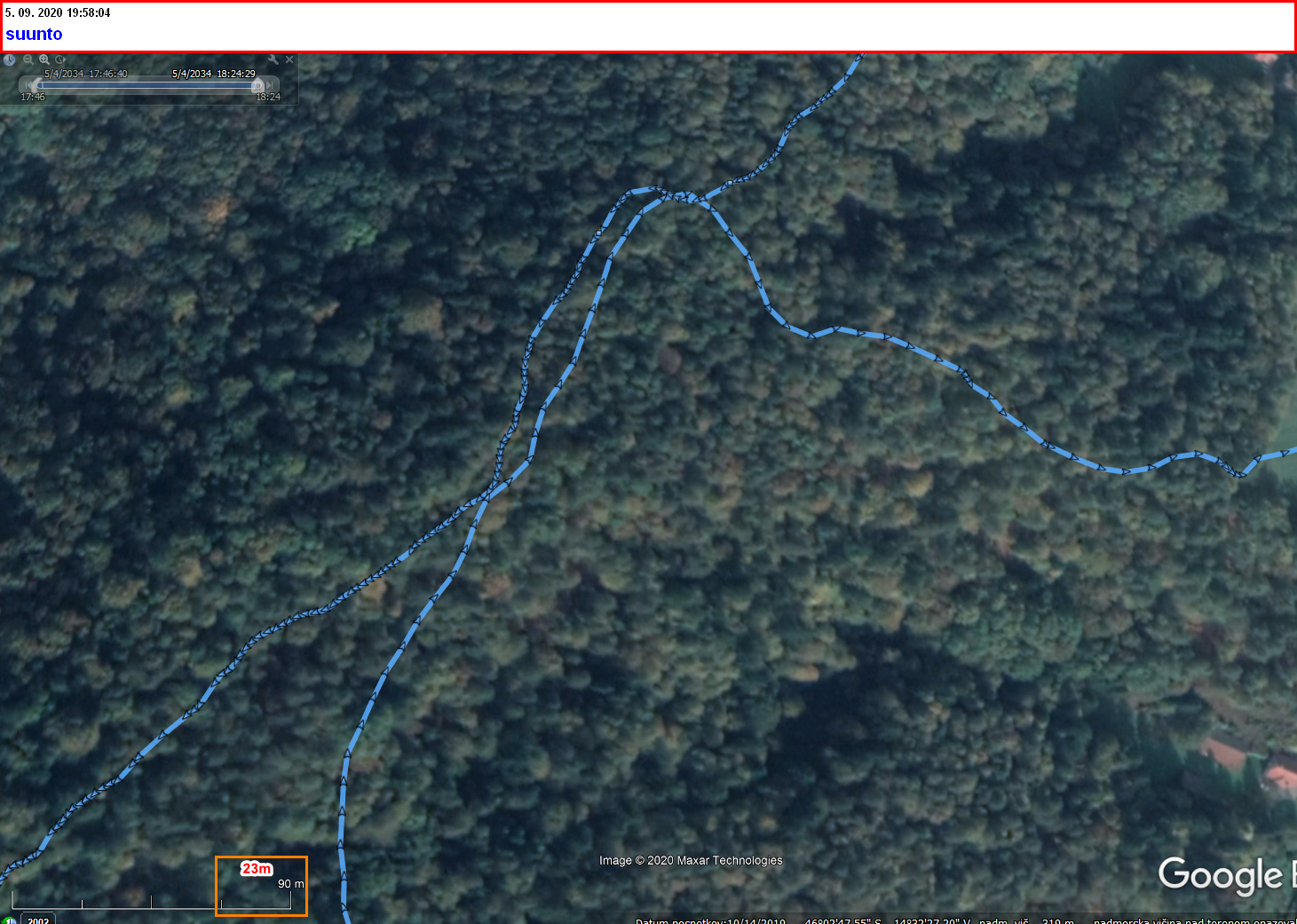
but on garmin distance between points are consistent and much shorter
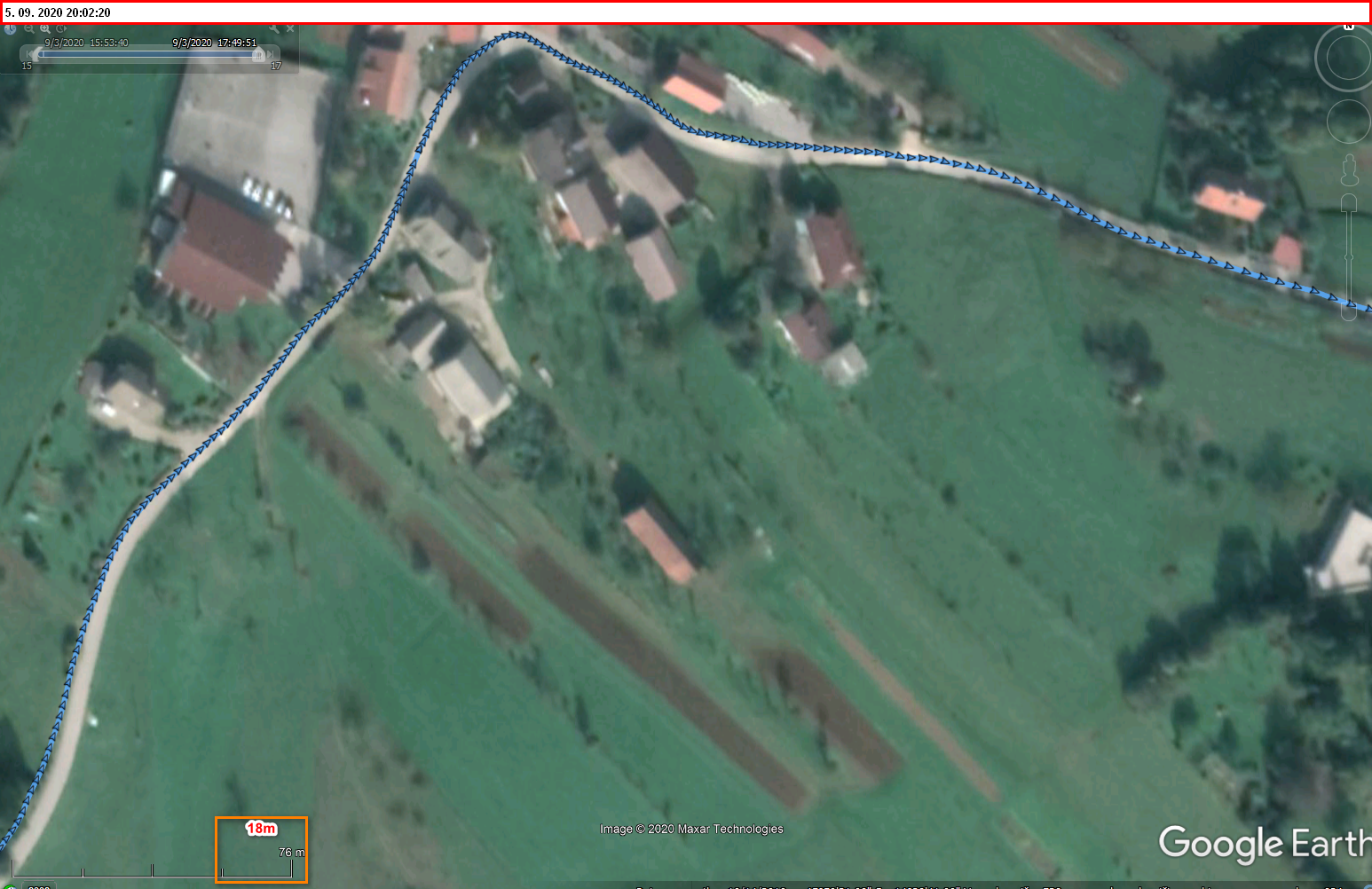
-
Maybe (and maybe it was already explained) it’s a way to optimize “disk” space.
You don’t need to save N points for a straight line, 2 are enough, even if the watch is reading info every second. -
Here is an example from a race that I did with Suunto 9 back in January. I used an online tool to export FIT file to CSV, then added a column which is a distance delta from the previous distance, then created a graph with timestamp on X axis and distance delta on Y axis. Perhaps that isn’t the best possible analysis, but something I could do very quickly. You can see a very distinct cutoff at 10 meters for the most of the activity. There were just a few points with 6-9 meters between the points.
It is interesting that it dropped to 3 meters between the points at the end, but that is where my watch had issues with GPS and it wasn’t getting GPS signal for most of the time.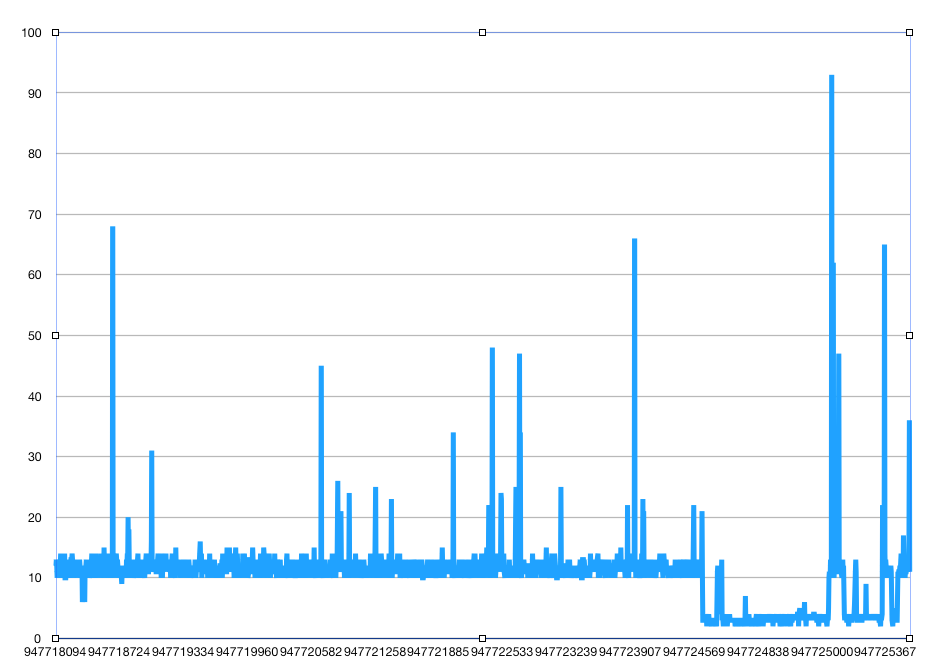
The overall duration of this was about 2 hours. The terrain was fairly flat but nearly 100% of it was under tree cover.
-
Here is a similar graph from another run. Yes, occasionally the distance between the points is less than 10 meters, but for the most part it is 10 meters or greater - there is a clear threshold visible on the graph:
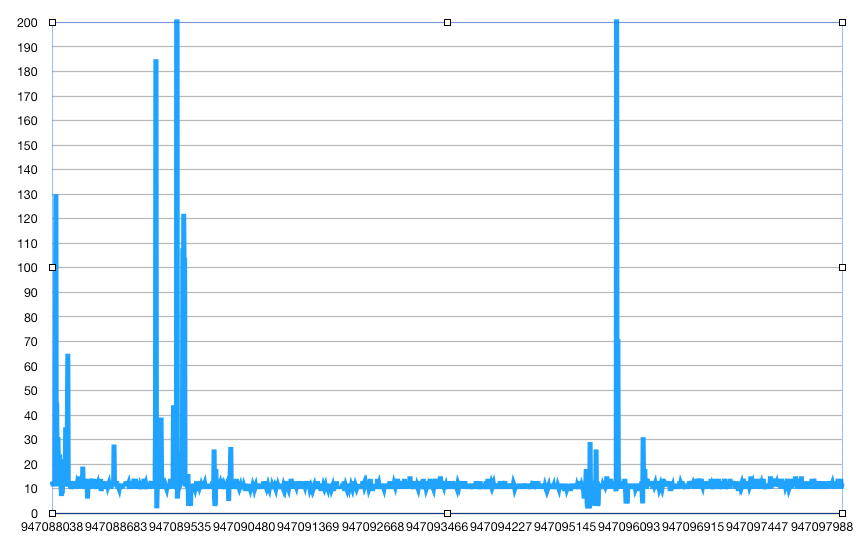
-
Alright then. I’ve done some more tests with SB9 and my conclusion is that SB9 measures about 20-30 meters short on every km compared to Maps, Garmin devices and various apps like strava. Strava, garmin are spot on with maps most of the time.
I’ve tried different kinds of GNSS-combos on SB9 but with same results.
What do you think? Sameting wrong with my device? Some days ago i ran with a friend with Spartan baro and my SB9 came short also with him.
-
@ollemelin said in Suunto 9 with the recent GPS firmware was among least accurate GPS watches in today's 25K trail race:
Alright then. I’ve done some more tests with SB9 and my conclusion is that SB9 measures about 20-30 meters short on every km compared to Maps, Garmin devices and various apps like strava. Strava, garmin are spot on with maps most of the time.
I’ve tried different kinds of GNSS-combos on SB9 but with same results.
What do you think? Sameting wrong with my device? Some days ago i ran with a friend with Spartan baro and my SB9 came short also with him.
I usualy run with a friend that uses an Ambit 3 Run and my S9B is always short on distance. I think that is something that Suunto knows (from what I recall in others posts). For me is not a big issue, I can live with that. What I’m not so sure is that Garmins are spot on, I guess it depends on the model. If I see the tracks of some people using Garmin (mainly Fenix) they are OK but not spot on, and if the track is not ok can’t be the distance 8Except if they do corrections when uploading the the activity to their servers). And when you say Strava is spot on, what do you mean? planning a route or recording it with a phone?
-
@cosmecosta
I just don’t really get the reason why it is this way. I like suunto and the new app is really great, but this measurement issu is really bugging me

Thinking about buying an stryd-pod…
-
20-30 per km = 200-300m per 10km = 800-1200m per 40 km to put it in perspective.
@ollemelin are those results from trails ? Or road ? How would you categorize the “conditions/visibility” of GPS.
Owning a stryd in general terms will make you stop thinking of any GPS based watche’s accuracy. However by far I dont say that like: Buy stryd. It’s just because it will give you the correct, consistent cross watch results. You will stop worrying about a bad GPS day etc etc. Get an older version of 100e
 Your Suunto, Garmin, Polar, COROS will love it
Your Suunto, Garmin, Polar, COROS will love it
-
It’s not a GPS visibility problem. The measurement is consistent on track, road and trail. In surveying we call it ”systematic error” and the device needs calibration.
Ofc the error seems small long distance but its really bad for shorter distances. It’s bad when apps like strava or runkeeper makes a better job.
Does it matter for my running development? No! But i still wish Suunto to fix this issue

-
@ollemelin I dont argue. By far. From what you said the error is huge for long distances.
But you didn’t reply on the conditions of the “systematic” error.